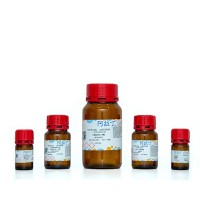Absorption-Based Assays for the Analysis of Osteogenic and Chondrogenic Yield
互联网
互联网
相关产品推荐

柠檬酸盐浓缩液,68-04-2,BioReagent, 4 % (w/v), suitable for coagulation assays,阿拉丁
¥237.90

DAR-4M,A rhodamine-based photo-stable nitric oxide (NO) fluorescent indicator with a detection limit of ~10 nM.,阿拉丁
¥8310.90

软骨素酶AC 来源于肝素黄杆菌,9047-57-8,重组, expressed in <i>E. coli</i>,≥200 units/mg protein, For Chondroitin Sulfate Analysis,阿拉丁
¥7138.90

WIP (Lysis Buffer for WB/IP Assays, Nondenaturing)(C-0013)-30ml/60ml/100ml
¥70

PicaGreen dsDNA Assay Kit *2000 assayundefined(C6030)-10×100ul
¥4200
相关问答
推荐阅读
Immunohistochemical Analysis of Human Mesenchymal Stem Cells Differentiating into Chondrogenic, Osteogenic, and Adipogenic Lineages
Isolation, Culture, and Osteogenic/Chondrogenic Differentiation of Bone Marrow-Derived Mesenchymal Stem Cells
Assays of Osteogenic Differentiation by Cultured Human Mesenchymal Stem Cells

